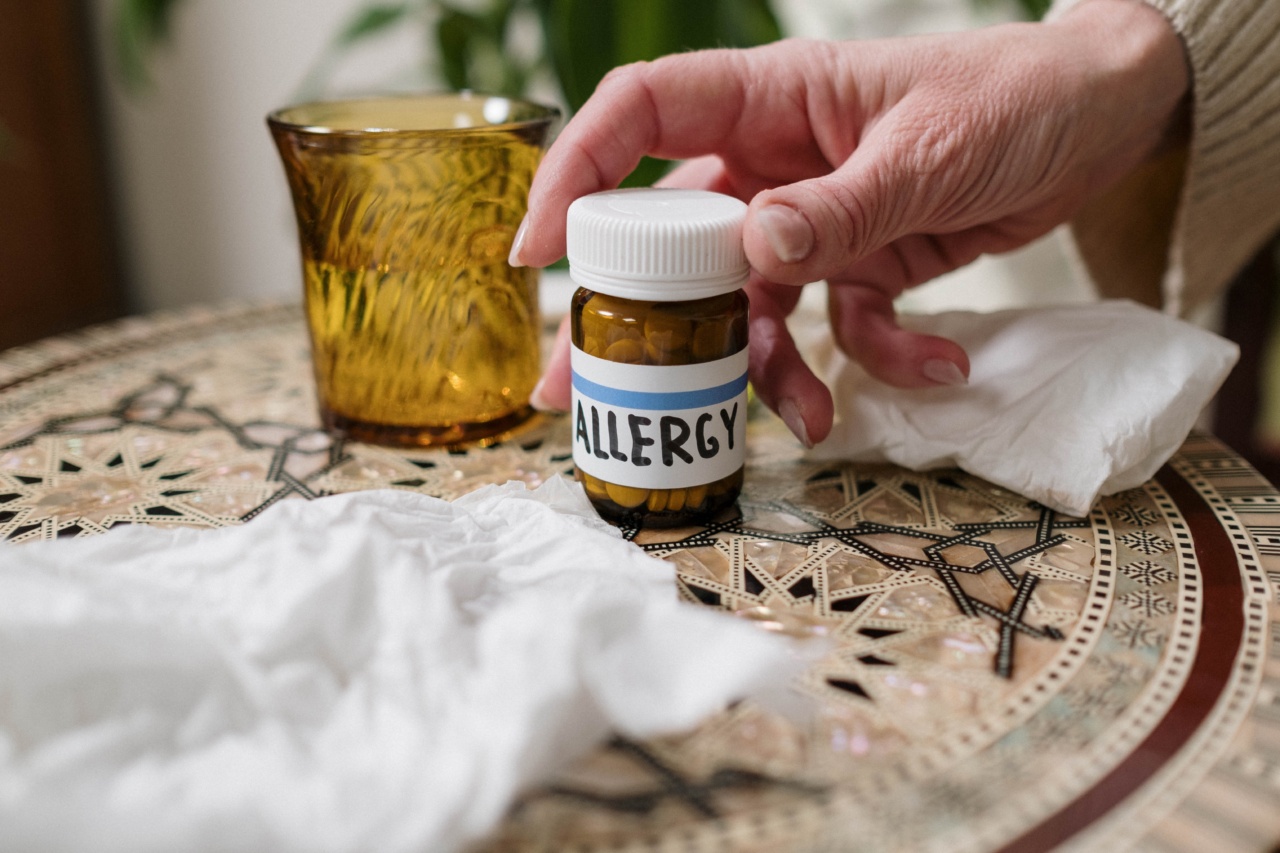Spring is a beautiful season filled with blooming flowers, warm weather, and longer days. However, for many people, it also brings along a dreaded phenomenon – allergies.
Spring allergies, also known as hay fever or seasonal allergic rhinitis, can turn a pleasant time into a miserable experience. In this article, we will explore the causes, symptoms, and treatment options for spring allergies, helping you better understand and manage this common condition.
What Causes Spring Allergies?
Spring allergies are primarily triggered by the increased pollination of trees, grasses, and weeds.
When these plants release pollen into the air, it can be carried for miles by the wind, leading to the allergenic reactions experienced by millions of people. The immune system of individuals sensitive to pollen identifies it as a threat and produces antibodies, which results in the release of chemicals such as histamine.
Common Symptoms of Spring Allergies
Seasonal allergies can manifest in a variety of ways, and the severity of symptoms can range from mild discomfort to debilitating conditions. Here are some common symptoms:.
1. Sneezing
Sneezing is one of the most common symptoms experienced by individuals with spring allergies. It occurs as a result of the body’s attempt to expel the irritants from the nasal passages.
2. Runny or Stuffy Nose
A runny or stuffy nose is another prevalent symptom of spring allergies. The body produces excess mucus to flush out the allergens, leading to a congested or drippy nasal passage.
3. Itchy and Watery Eyes
Many people with spring allergies develop itchy and watery eyes, a condition known as allergic conjunctivitis. This occurs due to the inflammation of the conjunctiva, the thin membrane covering the eye and inner eyelids.
4. Itchy Throat and Coughing
An itchy throat and persistent cough can be symptoms of spring allergies. The throat may become irritated due to postnasal drip, where excess mucus from the nasal passages drips down the back of the throat.
5. Fatigue and Irritability
Spring allergies can leave individuals feeling fatigued and irritable. Poor sleep quality caused by nasal congestion and other symptoms can contribute to daytime tiredness and mood changes.
Diagnosis and Treatment Options
If you suspect that you have spring allergies, it is important to consult with a healthcare professional for an accurate diagnosis. They can determine the specific allergens you are sensitive to and recommend suitable treatment options.
Here are some common approaches:.
1. Allergy Testing
Allergy testing is conducted by either skin tests or blood tests. Skin tests involve exposing your skin to small amounts of allergens while closely monitoring for an allergic reaction.
Blood tests measure the levels of specific antibodies in your blood, indicating your sensitivity to various allergens.
2. Avoidance of Allergens
Avoiding exposure to allergens is an effective strategy to minimize symptoms.
This may involve staying indoors when pollen counts are high, using air purifiers and filters, keeping windows closed, and wearing sunglasses to protect your eyes from pollen.
3. Medications
Various over-the-counter and prescription medications can help alleviate the symptoms of spring allergies.
These may include antihistamines to reduce itching and sneezing, decongestants to relieve nasal congestion, and nasal corticosteroids to reduce inflammation.
4. Immunotherapy
Immunotherapy, commonly known as allergy shots, is a long-term treatment option for spring allergies. It involves regular injections of small amounts of allergens, gradually desensitizing the immune system and reducing allergic reactions over time.
Lifestyle Modifications
In addition to medical treatments, certain lifestyle modifications can help manage spring allergies. Here are a few recommendations:.
1. Keep Indoor Spaces Clean
Frequent dusting, vacuuming, and cleaning can significantly reduce indoor allergens and improve your allergy symptoms. Use a vacuum cleaner with a HEPA filter to effectively trap allergens.
2. Shower and Change Clothes After Outdoor Activities
Pollen can easily stick to hair, skin, and clothing. Taking a shower and changing clothes immediately after spending time outdoors can help reduce the amount of pollen you carry indoors.
3. Use Saline Rinse or Nasal Irrigation
Rinsing your nasal passages with a saline solution or using a nasal irrigation system can help flush out allergens and relieve congestion. It is important to use distilled or sterilized water to avoid any risk of infection.
4. Monitor Pollen Counts
Keep track of local pollen forecasts to plan your outdoor activities accordingly. Pollen counts are typically highest in the morning and on dry, windy days.
Conclusion
Spring allergies may be a common occurrence, but they don’t have to put a damper on your enjoyment of the season.
By understanding the causes, recognizing the symptoms, and implementing appropriate treatments and precautions, you can effectively manage your spring allergies and embrace the beauty of this vibrant time of year.



























